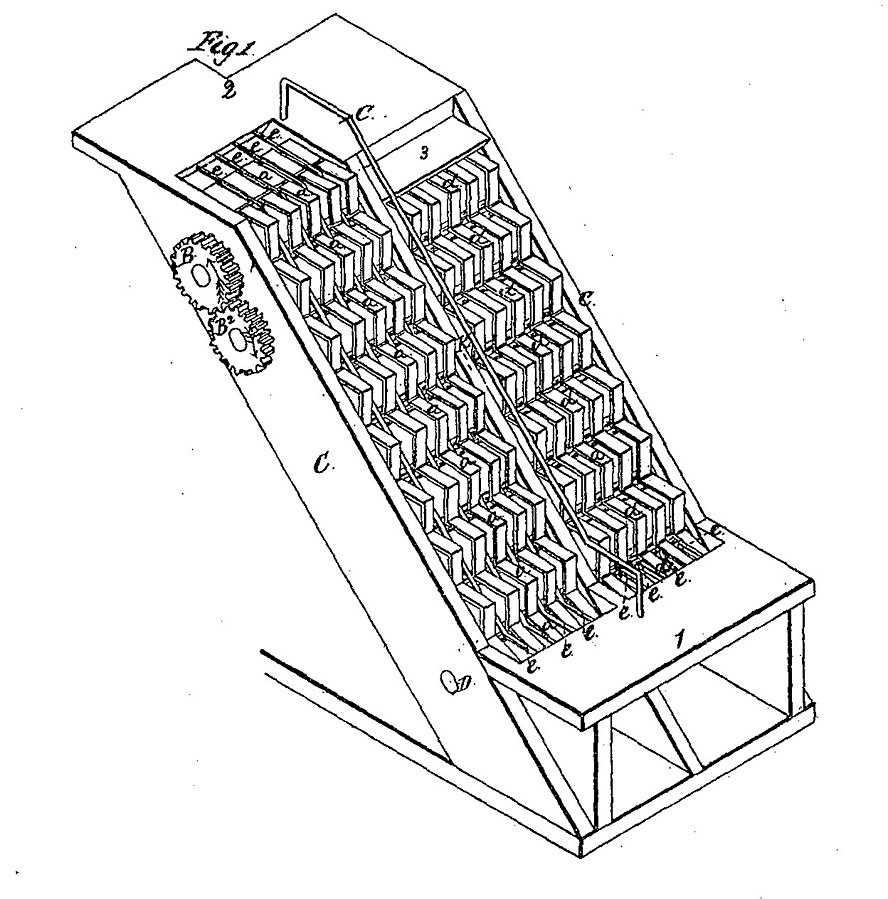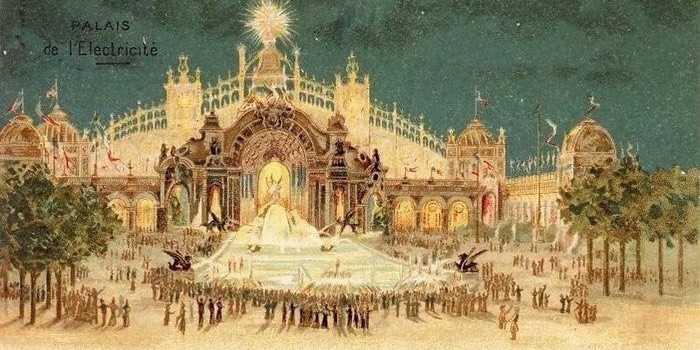How the Escalator Forever Changed Our Sense of Space
Curated from: smithsonianmag.com
Ideas, facts & insights covering these topics:
8 ideas
·3.1K reads
5
Explore the World's Best Ideas
Join today and uncover 100+ curated journeys from 50+ topics. Unlock access to our mobile app with extensive features.
The Escalator
The Escalator, or ‘moving stairs’ is an infrastructural technological development which is actually a trademark, a brand that became so common that its name became a ‘trademark genericide’, just like Aspirin, or Cellophane.
Escalators came after elevators and of course, stairs, both of which were serving the purpose, but had many constraints like vertical expansion of space and a limit on how much a person can ascend or descend manually.
66
683 reads
Escalators: New Tech For Infrastructure
The new technology of escalators transformed not just how the walking person is transported in a building, but the way architecture itself is designed, and created fluid transitions without the limits of the sky or ground.
67
521 reads
The Moving Stairs
Nathan Ames, an inventor, applied for the patent in 1859 for the first kind of moving stairs, with a belt attached with three wheels, and powered by kinetic energy. This was never built.
As the 19th century came to an end, there were improvements in the way people lived and worked, facilitating the development of malls, skyscrapers, and electric subway trains. The print and photography industry paved the way for better advertising of products and services.
63
426 reads
The Linear Belt And The Inclined Elevator
- Jesse Reno, an engineer, worked in a Subway plan for New York City, and proposed a ‘linear belt’ to move passengers, which later morphed into an ‘Inclined Elevator’, which was a huge success, and was installed in the Brooklyn Bridge in 1897.
- George Wheeler, another inventor, created the concept of the Escalator that we know today, and called it the Elevator, the patents were purchased for the same by Charles Seeberger, who partnered with OTIS to create the Escalator, a trademarked product.
61
302 reads
The Escalator And Democracy In Malls
- Earlier, the upper floors of malls were hard to reach, and resulted in less footfall.
- The Escalator democratized all the levels of a shopping mall, making the upper floors equally accessible to consumers.
- This made it one of the most important inventions in retail marketing.
64
331 reads
The Paris Expo Of 1900
The Biggest World Fair, the Paris Universal Exposition, introduced the moving staircases in 1900. This International Expo has launched many products we use today, including the calculator in 1862, atomic energy in 1939, the television in the same year, and the ice cream cone back in 1904.
The moving staircase won a grand prize and a gold medal in that year, and gained worldwide traction, with many big names in retail and real estate opting for the Escalators.
64
285 reads
Escalators Post WWII
Escalators upped their game when prosperous times returned and the late 40s and 50s saw the OTIS company marketing the product directly to customers and finding new business.
It got some competition, which led to a lawsuit and resulted in the loss of the trademark ‘Escalator’ as it had become too generic for everyone.
58
233 reads
Escalator: Pop Culture
The Escalator found itself in many movies, with it being used as a wonder technology that can insert slapstick action into a scene, in many creative ways.
We take the moving staircase for granted now, but for the last 100 years it has been the most important invention in shopping.
57
320 reads
IDEAS CURATED BY
Frank Morgan's ideas are part of this journey:
Learn more about personaldevelopment with this collection
How to ask open-ended questions
How to avoid awkward silences
How to show interest in others
Related collections
Similar ideas
3 ideas
4 ideas
A Brief History of the Rubik’s Cube
smithsonianmag.com
6 ideas
14 Fun Facts About Roller Coasters
smithsonianmag.com
Read & Learn
20x Faster
without
deepstash
with
deepstash
with
deepstash
Personalized microlearning
—
100+ Learning Journeys
—
Access to 200,000+ ideas
—
Access to the mobile app
—
Unlimited idea saving
—
—
Unlimited history
—
—
Unlimited listening to ideas
—
—
Downloading & offline access
—
—
Supercharge your mind with one idea per day
Enter your email and spend 1 minute every day to learn something new.
I agree to receive email updates



